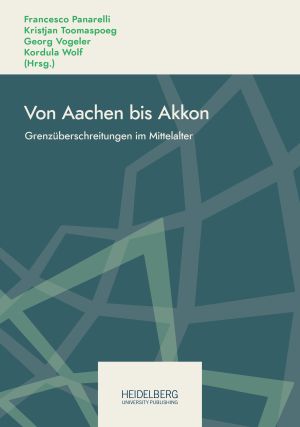Zitationsvorschlag
Lizenz (Kapitel)

Dieses Werk steht unter der Lizenz Creative Commons Namensnennung - Weitergabe unter gleichen Bedingungen 4.0 International.
Identifier (Buch)
Veröffentlicht
Frederick II and the Criminal Jurisdiction of the Abbot of Cava
Abstract There were various types of boundaries (confini) in the Middle Ages. One of the most important within kingdoms was the boundary between different legal jurisdictions. Sometimes, as within the kingdom of Germany, and to a lesser extent France, these jurisdictions were a major factor in the fragmentation of central, and even provincial, authority. In other, more centralised, states – if one can use such loaded term for this period – such as the kingdoms of England and Sicily during the twelfth and thirteenth centuries, legal franchises were strictly limited, and the superior functioning of royal justice prevailed, with rare exceptions, throughout the realm. The case study that follows from southern Italy reveals the abortive creation of jurisdictional immunity in a period when royal power was temporarily weakened, and sheds further light upon the restoration of effective monarchical authority after the return of Frederick II to the regno following his imperial coronation in November 1220. It examines an important, but hitherto neglected, episode in the history of one of the richest and most important monastic houses on the mainland of southern Italy, the Abbey of the Holy Trinity at Cava, near Salerno, and requires some consideration of the problem of forgery – widespread throughout the monasteries of the kingdom of Sicily, and an activity to which the monks of Cava were seemingly addicted in the mid- to late thirteenth century.






